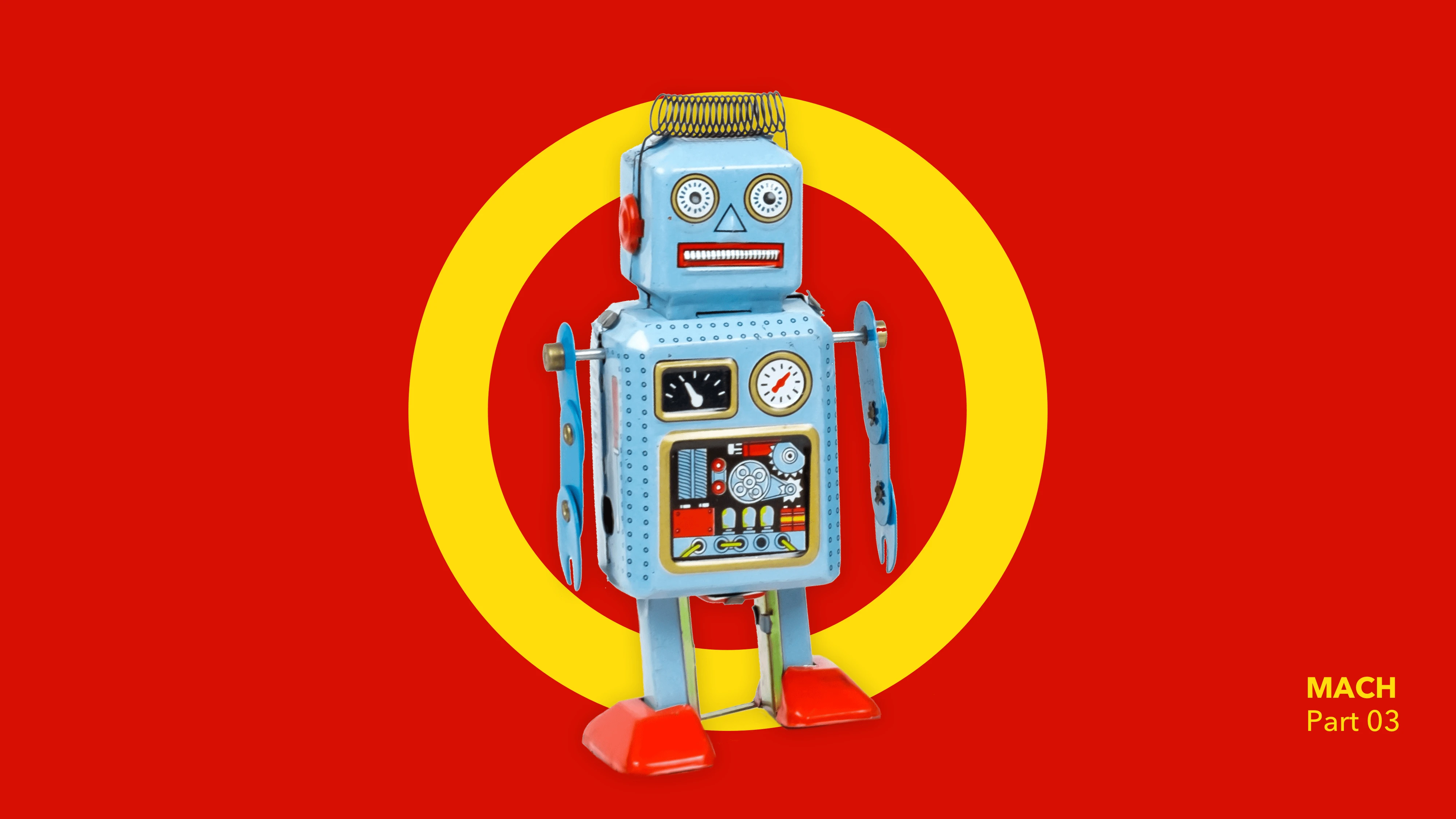
Assess the Risks to your Software as SAP Hybris Nears End-of-Life
The end-of-life (EOL) process is expected in the software industry, and it can be just as brutal for IT buyers as the unlovely name suggests. Think of it as “the tsunami of the past”, to quote White Hat Security’s Setu Kulkarni: unless an open-source or other company is left to pick up the code and support it, EOL is the equivalent of walking the plank into stormy, shark-infested waters. The risks are high, from incompatibility issues to security vulnerabilities via compliance challenges, spiralling costs relating to admin and bug squashing, and declining performance and availability levels.
Still, from various versions of Windows to the Adobe Magento Commerce 1 EOL fiasco leading to almost 2000 online stores being hacked last year, some organisations continue to take their chances. And now SAP Hybris, the cloud e-commerce platform used by household brands such as Levi’s, Nikon, and GE, is due for the EOL treatment in a couple of years as it morphs into SAP Commerce. What should Hybris users do to avoid a replay of the Magento debacle?
A practical way to begin the job is to audit yourself by working through a checklist of questions:
What are your business goals, solutions, and constraints from a technical, commercial, and organisational perspective?
Factory equipment running on an old operating system or application may not be targeted. Still, every popular desktop and server app and OS should ring alarm bells if the vendor tells you that support will be ceased. If you’re heavily dependent on one of these, then it’s time to act and decide whether you can provide your support, gain third-party help, or need to migrate.
How strategic is digital for you today and in five years from now?
Marc Andreessen said that “software is eating the world”, and CEOs in many fields are keen to tell you that they’re running software companies. But there are some hold-outs, and a few have a reason not to push the pedal down and become binary. Procter & Gamble famously set out to become “the most digital company on the planet” in 2012, while companies like Ford and GE also struggled after their bear hug for digital. It’s very likely true that if you’re reading this, not investing in digitising will become hugely disruptive for you soon, but it’s a question of scale and knowing what you want to do, when, and how. But suppose you’re selling significantly online or need to modernise your systems. In that case, you will want to have a solid digital commerce platform that’s solid and ready for what’s to come, both the knowable and the unknowable.
Will your current platform soon be out of support, and why?
If you’re on SAP Hybris or another platform, ensure you know your vendor’s plans. Software lifecycle management is critical for CIOs, and at the very least, you should have a roadmap of where the product is heading, what features and functions are planned, and which hardware and software the package or service will support and integrate with. If you’re on the EOL list, the first thing to say is ‘Start moving now’ because, as the Magento brouhaha showed, these can be long projects, and the risks of inertia are very high. If you’re running a digital commerce platform, it’s a fair bet that your company heavily depends on it. And, even if there were no forced march away, it makes business sense to have a system that offers optimal flexibility at a time of so much flux and as the pandemic has accelerated the rush to digital and cloud.
How much time do you have, and how fast is your organisation making high-impact IT decisions?
EOL phases will likely move faster than you expected, so planning in a minimum of two years for the re-platform process is practical. But is your company dynamic and fast-moving enough to get that process started? Do purse holders ‘get’ IT, and will they sign off on bills to swerve risks and stay agile? Be aware that even a small amount of inertia can be fatal.
How well does your current digital platform support your business model?
Many companies understandably start small, investing in software designed for small-scale operations, greenfield trials or spin-out digital projects. But it’s like the digital economy; things can snowball with revenues multiplying in a year. So scalability is all, and ensuring your commerce software supports your product, internationalisation, currency/tax, and other implications are critical. If you think you’ll outgrow your current supplier, it’s better to be proactive than reactive.
What are viable migration options for your business, and is like-for-like acceptable?
If your software company is kissing goodbye to the current product you depend on, it’s natural to look for a similar product with the same features and price tag. But, as with the point above, it’s wiser to think about how the company’s digital operation could grow and what you should do now if that happens. Your choice here can affect your ability to move fast and could even act as your competitive differentiation, so a simple swap-out might not be the right choice.
Where are the risks and limitations?
Scalability issues are classic results of failing to build for the future, but there are other risks. Security challenges, regulatory compliance issues, infrastructure reliability, and an inability to participate in global value chains are all potential results of sweating the assets of old systems. Unfortunately, software doesn’t age like fine wine; it’s more like a rotting carcass.
How can you benefit from a microservices-based solution?
The pushback against monolithic software, the uncertain nature of the global economy, the acceleration of digital activity during the pandemic, and other factors mean that many companies today are looking at microservices to make the software more flexible and portable. Think of it as analogous to Lego bricks, where you can restack, reuse and reassemble your applications on the fly. Open APIs, cloud-first thinking, and the need to move faster drive IT and businesses to embrace these models and avoid being locked into a single supplier’s whims. Don’t know much about this? Look here to understand how the MACH approach may suit your current environment.
So, consider the long term when examining your following digital commerce platform options. You’re making a strategic choice that will act as the underpinnings of your operations, and in an uncertain world, optimal flexibility is to be prized.
With years of experience in SAP Commerce and composable architectures, Mindcurv can help you create and execute a digital commerce strategy that best fits your technical, commercial, and organisational needs. Learn more about how we accelerate modern commerce in B2B, and feel free to reach out with any specific questions about your digital commerce platform strategy.


